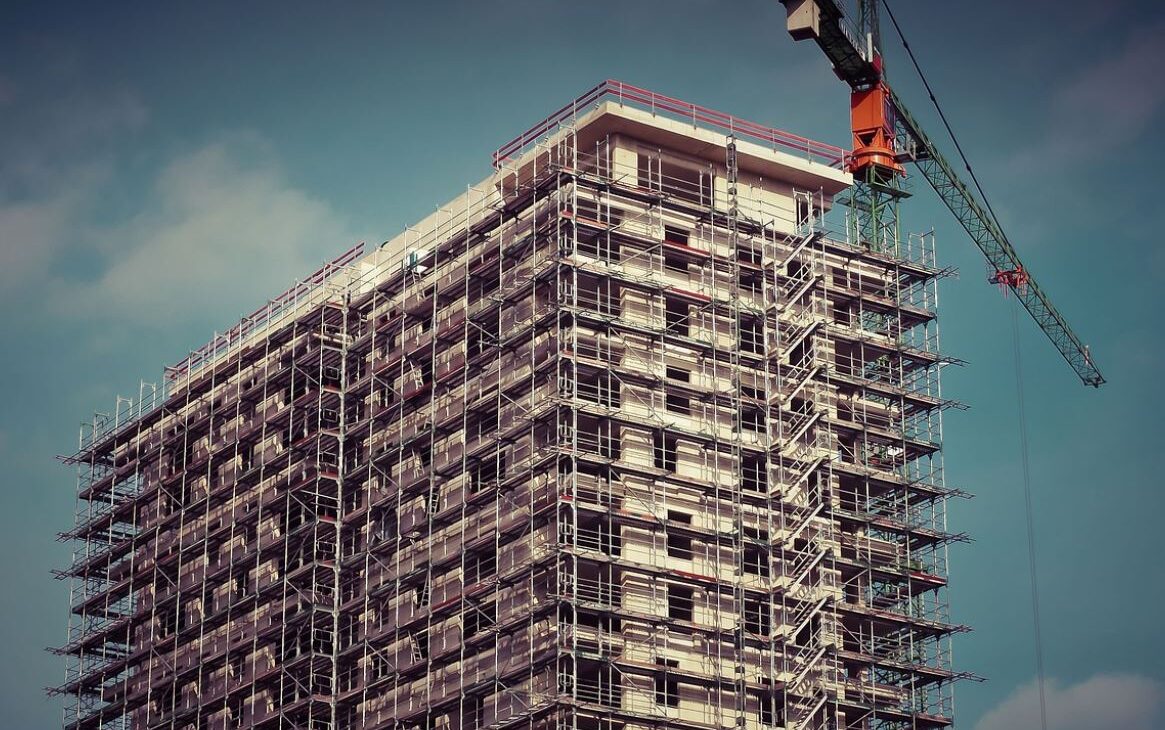Building a business is similar to building a house

There are many lessons you can learn from building a house which can be applied to building a successful business. While a lot of people jump into business without counting the cost first —this makes them fall out half-way. Jesus said in Luke 14:28-30 (ESV);
“For which of you, desiring to build a tower, does not first sit down and count the cost, whether he has enough to complete it? Otherwise, when he has laid a foundation and is not able to finish, all who see it begin to mock him, saying, ‘This man began to build and was not able to finish.’”
Let’s look at the lessons of building a house that can be applied to building a business.
The building plans
What are building plans?
Building plans are a set of drawings of what a building will look like after construction completion. It consists of the site plan, landscape drawings, floor plan, cross-sections, elevations, electrical and plumbing. These plans or drawings bring the views and concepts of the owner into actual visuals by the architect or designer.
The building plans are the first most important documents before any construction can ever take place. The same way a business plan is the first most important thing to have before the commencement of any business.
What then is a business plan?
A business plan is a written document that provides the direction of the business. It encompasses the nature of the business, financial need and projections, sales and marketing strategy, project profit and loss statement.
However, you don’t need a robust business plan as defined above before you start a business, however, you can use a simple business plan like the business model canvas.
A business plan also describes the purpose and vision of the business. Just like a building plan, you have to decide what kind of building it’s going to be like — 1 storey, 5 storeys, 20 storeys etc. Or is it for residential or commercial purpose?
This is the information the designer or architect will need the owner to provide before they can visualize the plan on paper or digital screen.
As for business, you have to decide which type of business you want and this will enable you to pick the team you need to work with.
The foundation
The next phase after the building plans has been approved is the foundation. The foundation must follow the laid out description of the building plans. Imagine constructing one storey foundation for a plan of 20 storeys —that’s disastrous.
It’s like building to fail when your business foundation doesn’t match up with your vision. How you lay your business foundation will determine how far your business can grow. Even when you don’t have the finance for 20 storeys at the beginning, you can start with one storey on a foundation that can cater for 20 storeys. You just keep adding one more storey anytime you can afford it – this is a foresight mindset.
Some entrepreneurs only plan with what they have in their present situation, they fail to apply work to faith. They profess they have faith but aren’t willing to work out their faith — to build a foundation that would accommodate the growth they have faith in. The bible says,
“What good is it, my brethren, if someone says he has faith but does not have works?”
James 2:14 ESV
Poor work on the business foundation of some entrepreneur makes them blow their chance when an opportunity for growth comes. They lose some of their customers to their competitor who is better prepared.
The construction of the building
The next phase after the foundation is the construction of the building. In the phase, you simply follow the pattern of the foundation, the major task here is to ensure quality building materials to be used for the construction.
In the business world, this is when you engage your customers, your task is to ensure quality service or product delivery. If you treat your customers right at the stage, they would be your business advocate to other customers, and this is the best way to grow a new business (organic growth).
The Maintenance
The last and longest phase of building a structure is the maintenance phase. When the structure is fully completed, it doesn’t end there, you need to create a maintenance plan on sustaining the longevity of the structure. Poor maintenance culture can be very costly to the owner.
In business, this is similar to the maturity stage of business. This is not a time to fold your hands, because you have achieved the vision you laid at the beginning. Rather, it’s a time to maintain the vision and this will be as long as the business exists.
Investment in innovation is imperative at this stage because business should keep up with the ever-changing world. The purpose of your business most often is unchanging but your delivery of the purpose can change over time.
Paul taught us that in spreading the gospel, you don’t change the good news of the gospel but you can change your style of delivering the gospel based on the people.
“To the Jews I became like a Jew, to win the Jews. To those under the law, I became like one under the law (though I myself am not under the law), so as to win those under the law.”
1 Corinthians 9:20
Takeaway: There are lessons to learn when building a house that is valuable to apply to building a business. Although a building structure is fixed, the use for the structure can change over time, the same way, a business should be flexible in adapting to ever-changing customers need.
Kindly share this article if you find it useful and want others to benefit from it too. You can also subscribe to receive email notifications when there are new articles or useful updates









